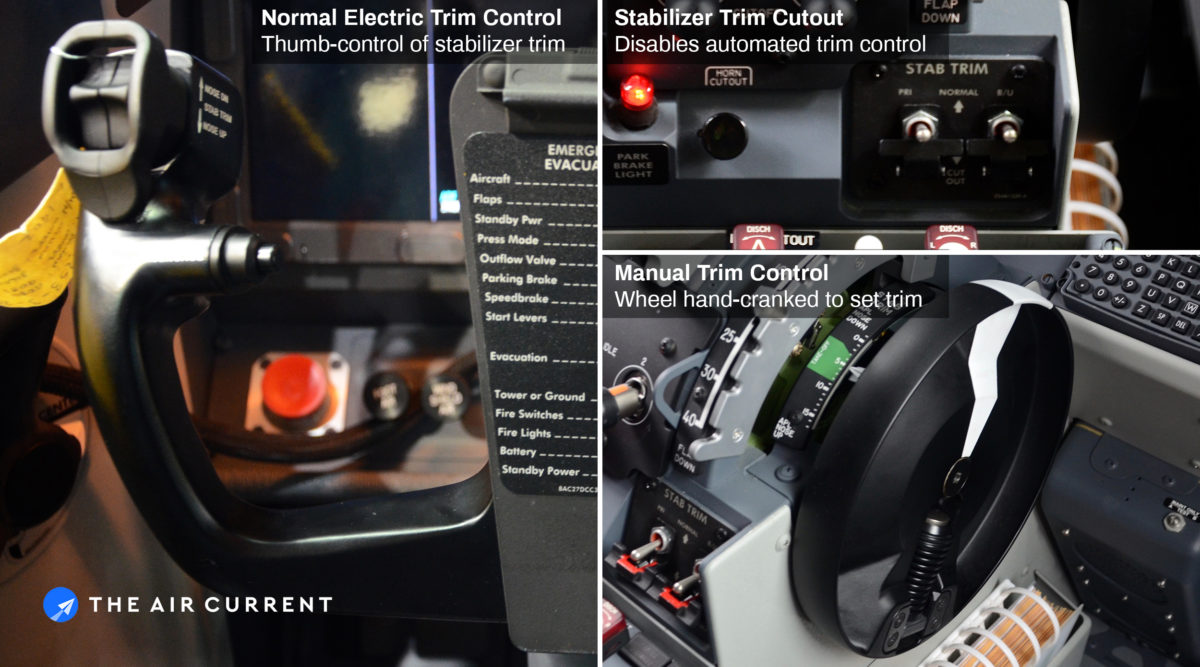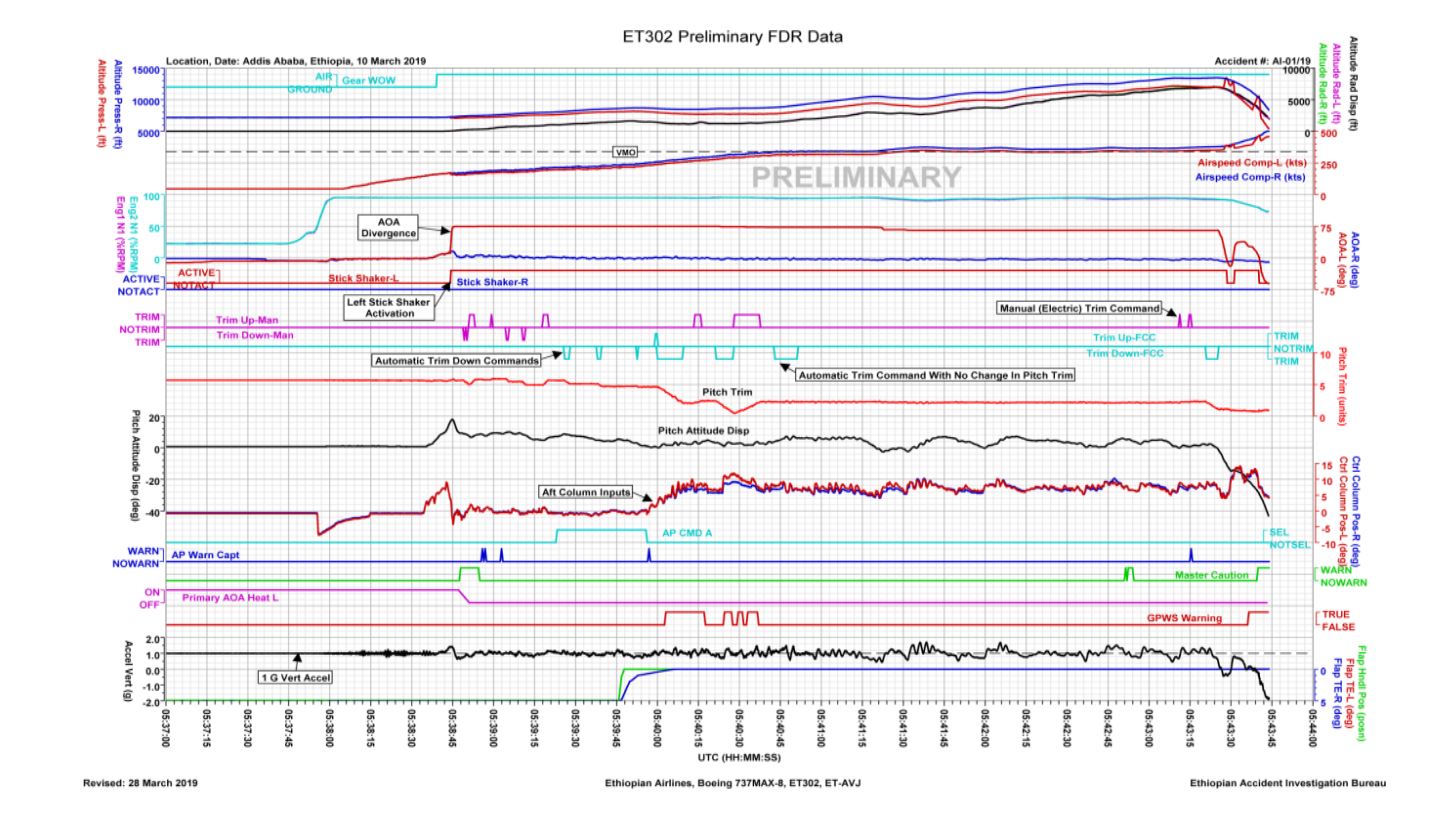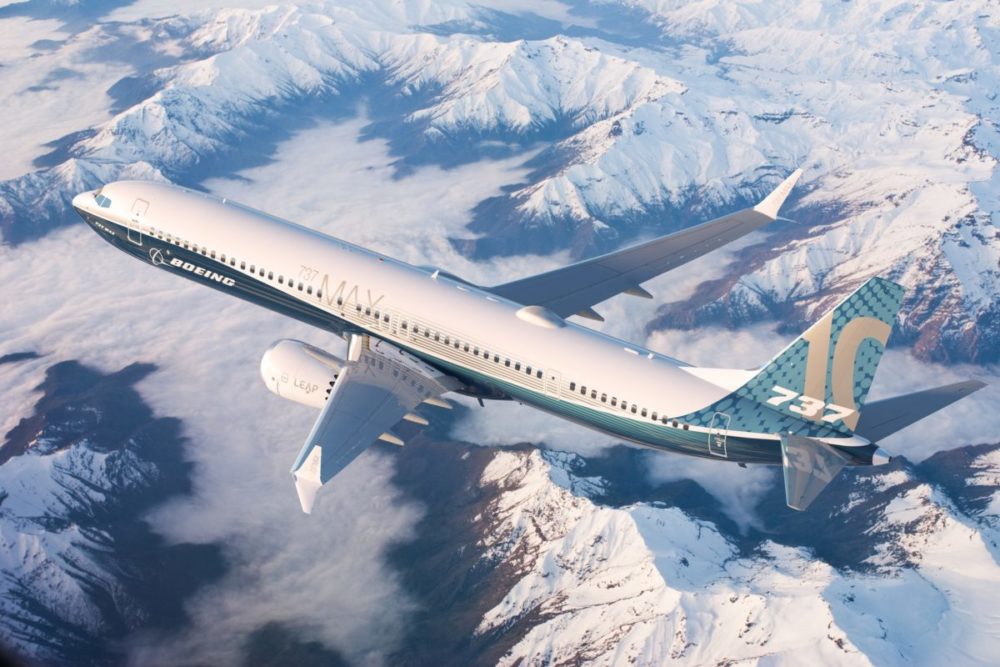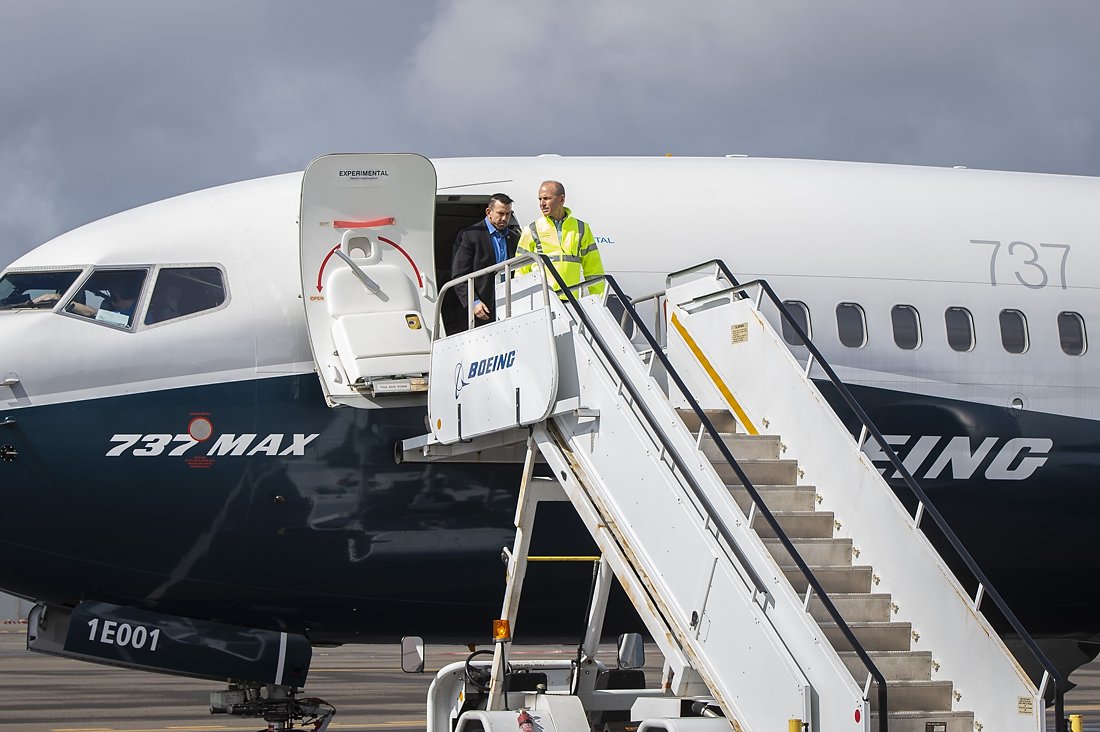Preliminary crash report of Ethiopian Airlines 737 MAX released
The preliminary report on the fatal crash of an Ethiopian Airlines Boeing 737 MAX has been released, highlighting critical information uncovered by investigators.
At 33 pages in length, the report covers various parts of the flight and accessory information, such as pilot training, aircraft information and external environment.
An eye catching piece that’s grabbed the attention of media and investigators dealing with the crash was the failed attempt of recovering the aircraft using Boeing’s specified technique.

Around two and half minutes into the flight, the pilots cut off power to the stabilizer trim system to counter the abnormal conditions the aircraft put itself in, however, re-engaged the system by turning it back on shortly after, causing the Maneuvering Characteristics Augmentation System (MCAS) to kick in again.
The report notes the takeoff roll was considered normal, with all flight instruments indicating correct values. Upon takeoff, it was found that the left value of the angle of attack sensor deviated from the right one and reached 74.5 degrees compared to the 15.3 degrees being indicated by the right one. This activated the stick shaker mechanism designed to alert pilots of an imminent or in progress stall.

Looking at the data, it is also visible that the two CFM LEAP-1B engines were near maximum power, greatly increasing the forces and speed on the aircraft, making a recovery harder than it already was.
Here are some key points highlighted in the initial findings:
- Small roll ocsillatons, lateral acceleration, rudder oscillations and slight heading changes were recorded upon autopilot activation and remained in place after deactivating.
- Upon autopilot deactivation, the aircraft entered an uncommanded nosedive with four trim inputs without pilot input. The pilots used the electric trim to counter this.
- The runaway stabiliser checklist was performed and the stabilizer cutout switch was used, however it was determined that manual trim wasn’t working.
As a result of the preliminary findings and crash comparisons with Lion Air flight 610 that have displayed some similarities, Ethiopian investigators recommend Boeing reviews the flight characteristics system installed on the 737 MAX and makes appropriate changes with adequate testing and certification.
In a statement to media, Ethiopian Airlines continues to support and feel for the losses of many loved ones. Additionally, they’re proud of their pilots for conducting the proper actions as intended by Boeing in a situation that would have been fast-paced and incredibly challenging.

Groundings continue as Boeing works hard to revise the MCAS software, and despite the software nearing completion, stringent certification campaigns that will be conducted by the Federal Aviation Administration and NASA, as well as individual safety regulators around the world who are determined to verify Boeing’s product.
Recently Boeing’s CEO, Dennis Mullenburg, took flight in a 737 MAX 7 test aircraft to see the new software in action and how it reacts differently to the revision that potentially brought down two aircraft. Although the industry remains torn up about its legitimacy, the move comes as a good way of restoring customer and passenger trust.
Centered on safety, our Boeing teams this week are previewing the 737 MAX software update and related training materials for our airline customers, their pilots and regulators. pic.twitter.com/qu1LJRj7uv
— Dennis A. Muilenburg (@BoeingCEO) March 27, 2019
Experienced the MCAS software update performing safely in action during a 737 MAX 7 demo flight. Thanks to our great pilots for taking me up and for the focus on safety. Learn more: https://t.co/w2XaPA1jyS pic.twitter.com/Fe6D7Guolf
— Dennis A. Muilenburg (@BoeingCEO) April 3, 2019
Boeing responded to the preliminary report in the following statement:
“I’d like to to reiterate our deepest sympathies are with the families and loved ones who lost their lives in the accident. We thank Ethiopia’s Accident Investigation Bureau for its hard work and continuing efforts. Understanding the circumstances that contributed to this accident is critical to ensuring safe flight. We will carefully review the AIB’s preliminary report, and will take any and all additional steps necessary to enhance the safety of our aircraft”
– Kevin McAllister, Boeing Commercial Airplanes President and CEO.
To ensure unintended MCAS activation will not occur again, Boeing has developed and is planning to release a software update to MCAS and associated comprehensive pilot training and supplementary education program for the 737 MAX.
Boeing continues to work with the U.S Federal Aviation Administration and other regulatory agencies worldwide on the development and certification of the software update and training program.
Statement and end comments sourced from Boeing media.
Boeing accepts that although this is a preliminary report, growing evidence suggests the MCAS was a majority player in the loss of Ethiopian Airlines flight ET302 and Lion Air flight JT610.
Dennis Mullenburg, Chairman, President and CEO of Boeing, released his stance on the situation in the following video:
As this information comes to light, the first law suit against Boeing, Ethiopian Airlines and aircraft sensor maker Rosemount Aerospace has been submitted. Filed on behalf of an American who perished in the crash, the parents of 24 year old Samya Stumo declare Boeing was “blinded by its greed” and rushed t get their 737 MAX on the market to compete with the rival product.
Boeing has yet to comment, however notes it will cooperate completely with authorities investigating. Rosemount Aerospace also declined to comment.
Criminal investigations are still ongoing and are focusing on Boeing and the FAA as to whether design certification was conducted in an unprofessional manner to get the aircraft on the market.
You can read about this here:
The fallout isn’t over yet, however. Ethiopian Airlines is considering the cancellation of their 737 MAX order, following the long-lasting passenger nerve around the aircraft, even as a fix is on its way. Deliveries have been halted until a decision has been made by the airline.
Garuda Indonesia was the first to cancel/send an intention to cancel, sending a letter to Boeing, which you can read about here:
Investigations are ongoing on all sides of the globe, so as more information comes to fruition, more detailed reports are to come.
As tragic as these accidents have been for families, loved ones and the aviation industry as a whole, they’ve provided us with a steep learning curve that, although should have been followed a long time ago, ultimately reminds us of the importance of working professionally, safely and as a community.
More to come as this report develops.




